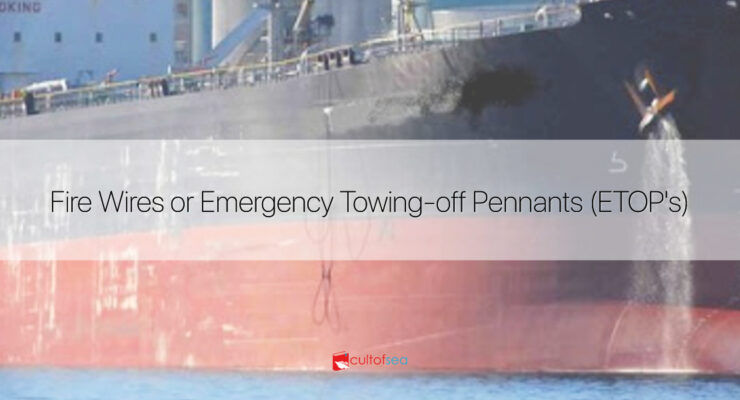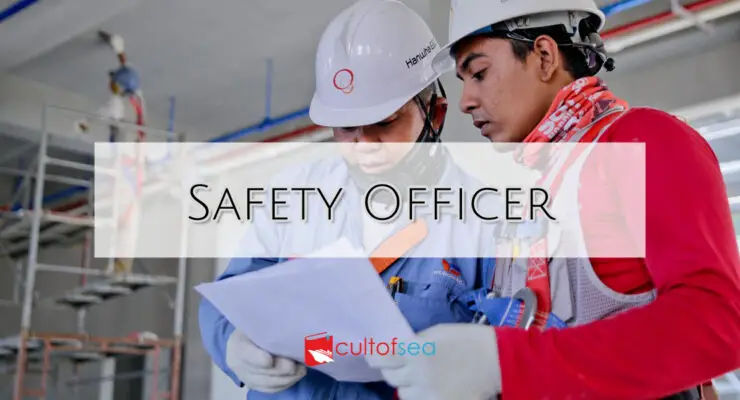Emergency Towing-off Pennants or ETOP's is usually referred to as “ Fire wires,” which provide a method of towing the vessel away from the berth in the event of an emergency. The intent of rigging fire wires or emergency towing pennants is to facilitate the movement of the vessel by tugs without the necessity of putting people on board to rig lines. In other words, it is used to assist tugs in the removal of the ship without the intervention of any crew member. Recommendations MEG 4 (4.7 Emergency tow-off pennants) OCIMF does not support the use of emergency tow off pennants although some … [Read more...]
Archives for December 2020
Safety Officer Onboard – Definition, Duties and Powers
Definition of Safety Officer Safety Officer onboard the vessel is an appointed safety adviser who promotes safety onboard by carrying out inspections, identifying hazards and potential hazards to health, safety and the environment with subject to the agreement of the Master. The safety officer should be familiar with the principles and practice of risk assessment and should be available to advise those preparing and reviewing risk assessments. It is recognised that where the safety officer also has other responsibilities (e.g. chief officer) they may well conduct risk assessments themselves. … [Read more...]

